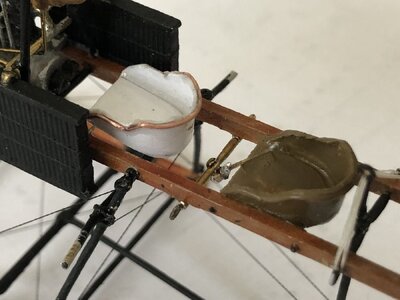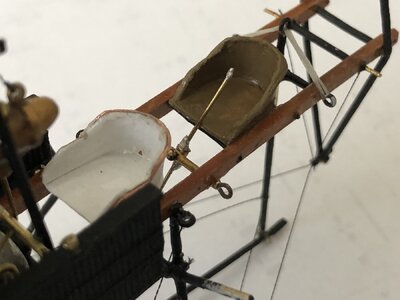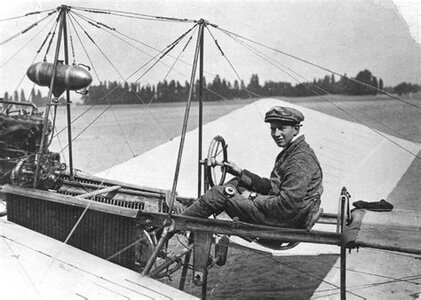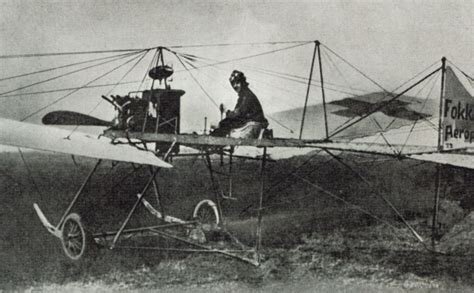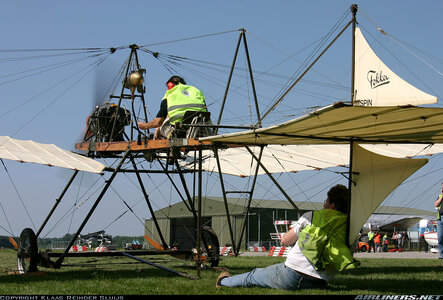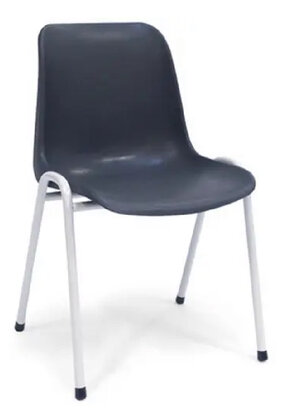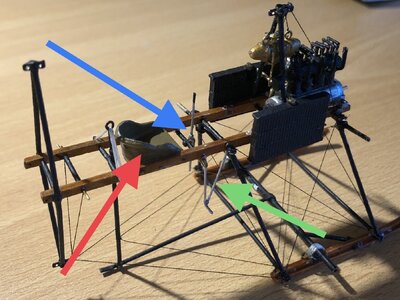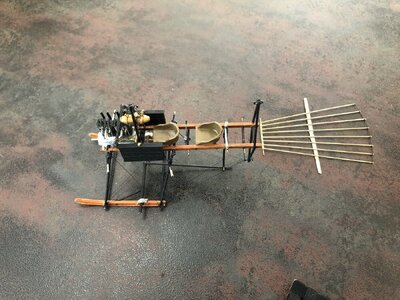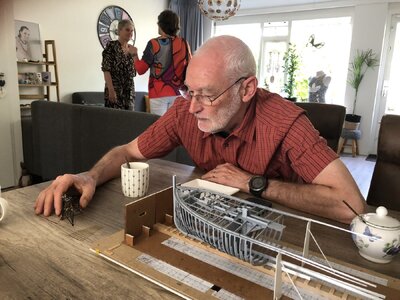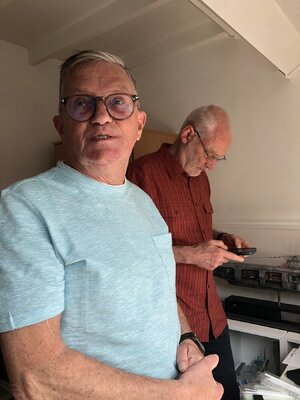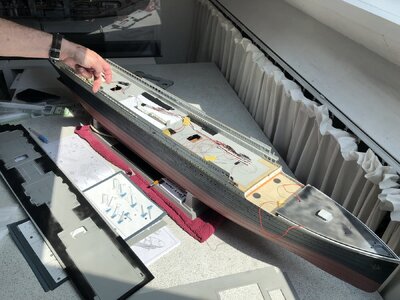- Joined
- Sep 3, 2021
- Messages
- 4,440
- Points
- 688

The pilot’s seat saw completion. It’s build from a formed 0,5mm brass wire and some sturdy paper, which I used for mast hoops on another build. Quite an undertaking, since the brass wire has to be formed by hand, which is not exactly my forte. Combining the brass with the paper worked quite well, but it took forever before I had something acceptable.
I also revised the aft shock absorber; the bungee cord lay close to horizontal, whereas it should have an angle of about 60 degrees with horizontal.
Below the Spin With the pilot seat and revised aft shock absorber. In the background the Rhodens’ Fokker D.VII. (Both in 1:48)
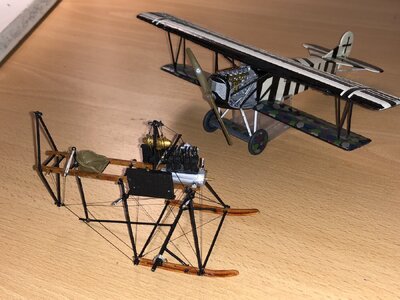
I also revised the aft shock absorber; the bungee cord lay close to horizontal, whereas it should have an angle of about 60 degrees with horizontal.
Below the Spin With the pilot seat and revised aft shock absorber. In the background the Rhodens’ Fokker D.VII. (Both in 1:48)



